Amazon’s Latest Tiny Home Has a Rooftop Deck and Sunroom—All for $47,000
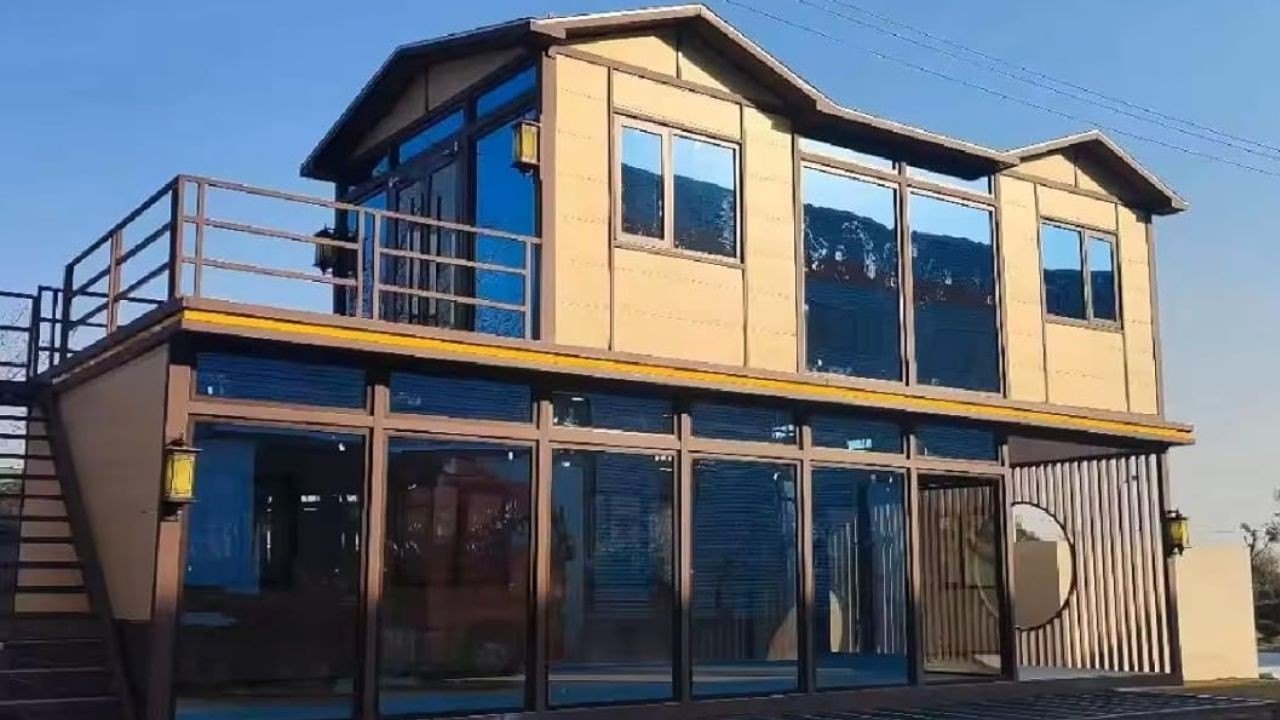
Not all tiny homes are created equal—and Amazon’s latest offering is more luxurious than most.
The 600-square-foot, double-story container house comes complete with a roof deck, glass sunroom, and up to four bedrooms. And, priced at $47,000 (for the smaller 20-foot depth), it’s a lot more affordable than the average house, with its median price of $222 per square foot.
This particular tiny home is also somewhat larger than the average, which tends to be between 100 to 400 square feet.
The tiny house movement began to ramp up with the 2008 real estate collapse and has only gained in popularity as housing costs soar and remote work allows people to embrace alternative living situations. Tiny homes can also be built more sustainably and lived in more cheaply.
“Tiny houses were and are legitimately seen as more economical and environmentally friendly than your average dwelling,” says Larry Samuel, author of Home Ownership in America. “Their literally smaller footprint and lower energy requirements make them appear to be more sustainable than average-size homes, and their greater affordability represents a potential solution to the current housing crisis.”

Amazon/S.E.Q. International
Development expert Jared Amzallag, co-founder of Arizona-based Minimal Living Concepts, which builds small guesthouses, agrees.
“The rising cost of real estate as well as the desire for a flexible lifestyle is pushing people toward affordable alternatives like tiny homes,” he says. “Additionally, the ability to easily purchase homes from online platforms is appealing to those seeking simplicity and quick solutions to housing needs.”
Online retailers such as Amazon have entered the tiny house market in a big way. A search for “tiny house” on the site brings up more than 10,000 results.
You can’t beat the convenience—one click and a tiny house is delivered to your door. And since these homes usually come in prefab kits or foldout designs, the costs can be a lot lower than having your tiny house custom built.
Not to mention, you can forget the dull designs of the so-called “granny flat”—today’s tiny home can be an architectural wonder.

“Gone are the days of drab and cookie-cutter Accessory Dwelling Unit (ADU),” says Paul Dashevsky, co-founder of small home/ADU platform Maxable.com. “Today’s designs push the boundaries of creativity, showcasing how even small spaces can be transformed into stunning, functional living environments.”
A prime example is Amazon’s latest prefab container tiny house, the S.E.Q. Double Story. Its extralarge windows and living room, roof deck, glass-walled sunroom, and two full stories make it sleek, airy, and pleasing to the eye.
It’s fully insulated for cold winter nights, has soundproofing between walls, and comes prewired for electricity and plumbing. Customizable features include an open or closed kitchen, interior and exterior color schemes, style of flooring, and number of bedrooms (one to four).
Given all this, you might be ready to pounce on Amazon’s “add to cart” button—but read on.
“Potential buyers should carefully assess quality, durability, and long-term costs before committing,” warns Amzallag. “These homes [sold online] may use lightweight materials, reducing durability and coming with serious design restraints compared to traditional builds.”
It should be noted that the S.E.Q. Double Story container house is made of steel frame and tubes.
Despite consisting of 1,270 pounds of alloy and galvanized steel, it is also advertised as being easy to fold down and disassemble. The tiny house also boasts mighty staying power: It is wind, earthquake, typhoon, and fire resistant, as well as waterproof. It can even handle up to 6 feet of snow on the roof.
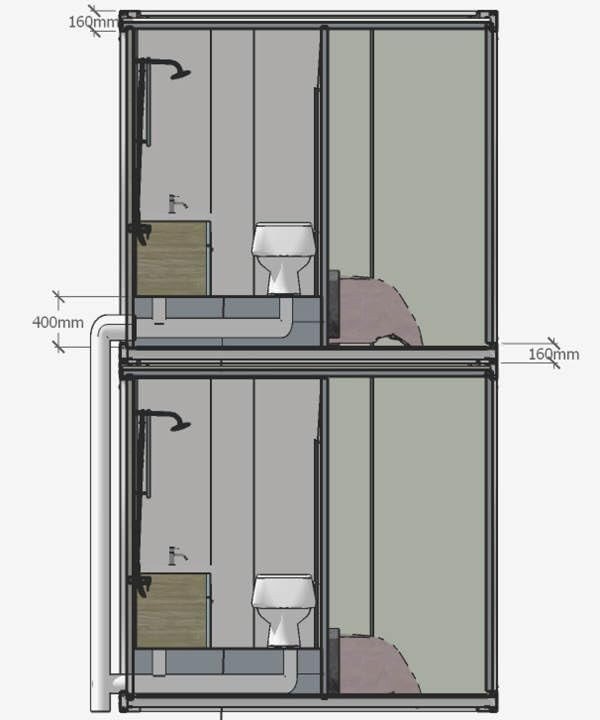
Amazon/S.E.Q. International
But, there is more to ordering a tiny home than simply clicking “add to cart.” You need to have a legal and suitable place to put it.
“You can place a tiny house on your own land or rent space in mobile home communities or RV parks, but regulations vary by location,” says Amzallag. “Some areas have zoning laws that restrict where tiny homes can be placed, so it’s essential to verify local rules.”
Don’t forget that utilities have special needs, so unless you plan to go off-grid with compost toilets, solar panels, water tanks, and other alternative systems, make sure you’ve got septic and electrical hookups.
You don’t want your tiny-house dream turning into a big nightmare, so do your due diligence before adding a tiny house to your Amazon wishlist.
Categories
Recent Posts


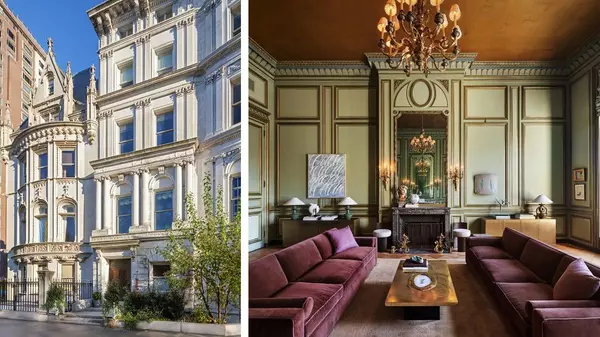
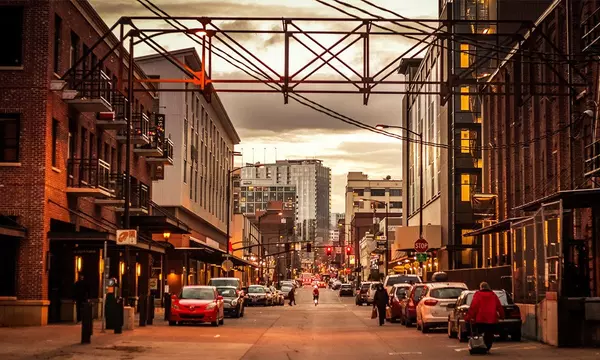
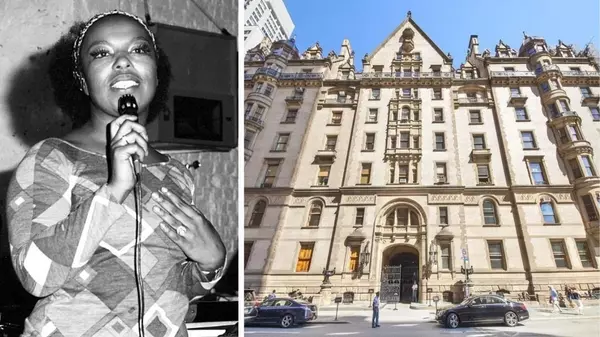
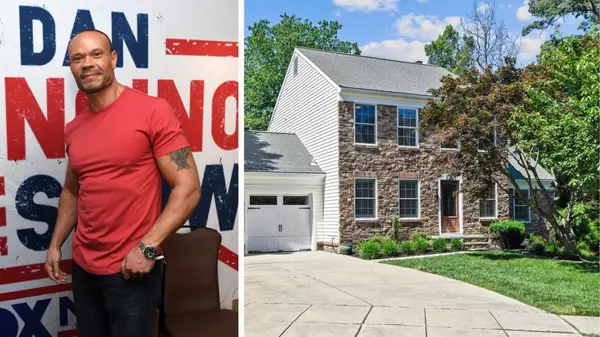
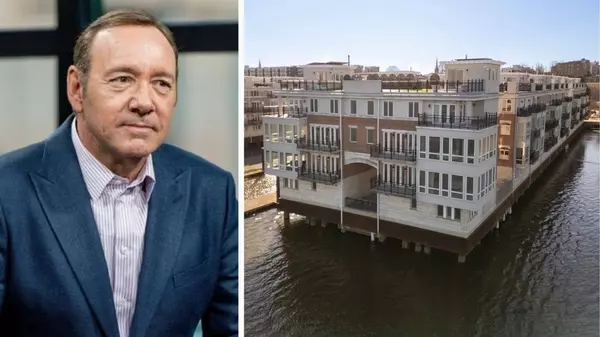
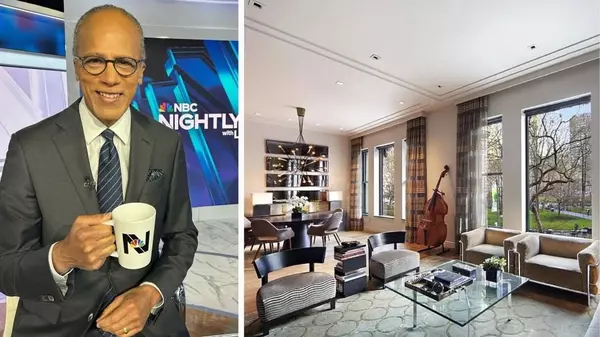
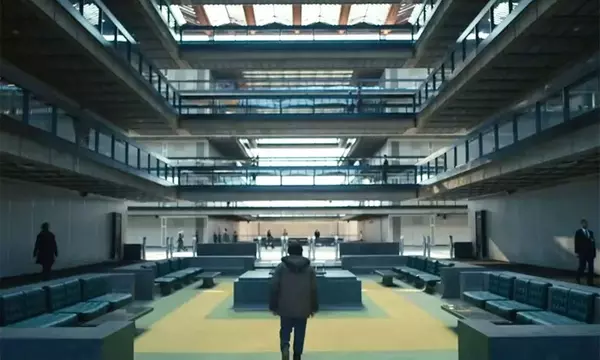
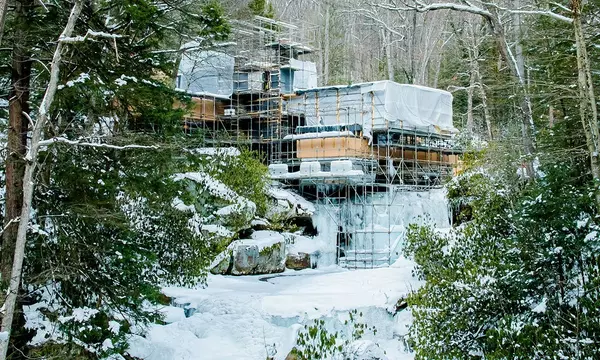

676 N Michigan Ave. Ste 3010, Chicago, IL, 60611, United States